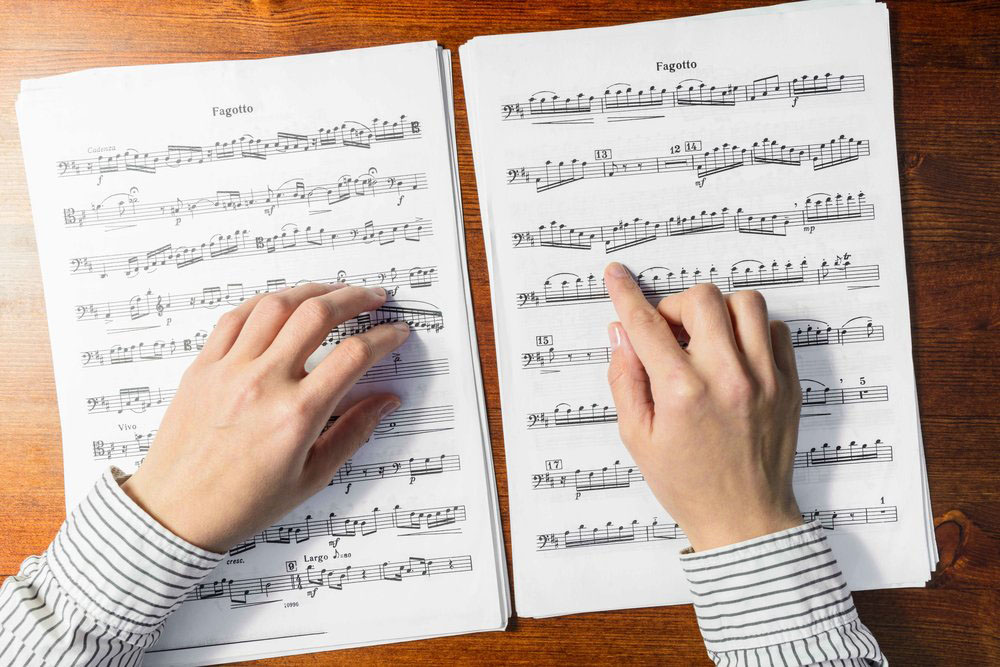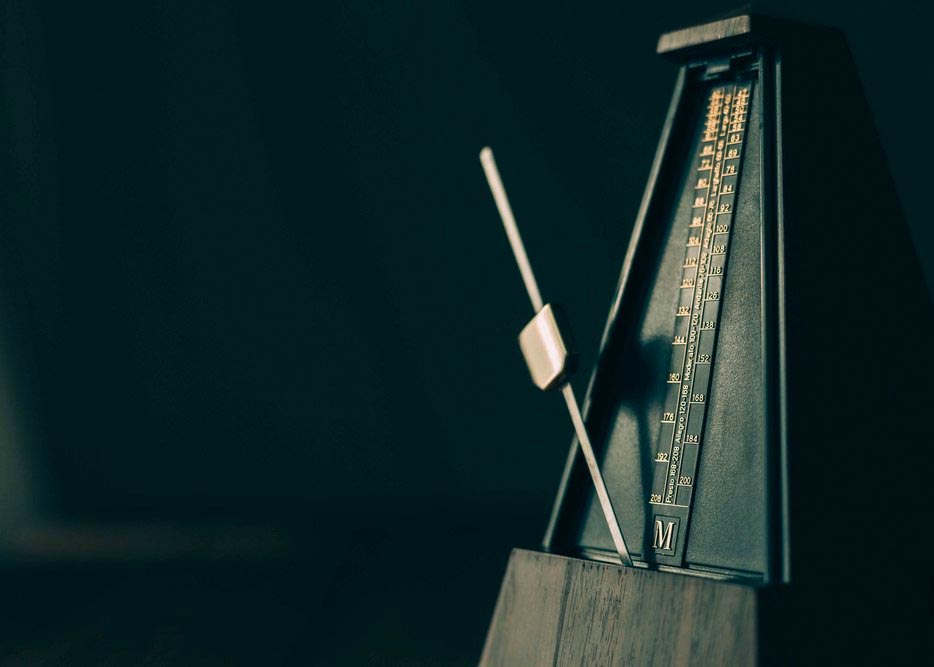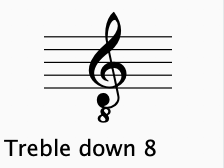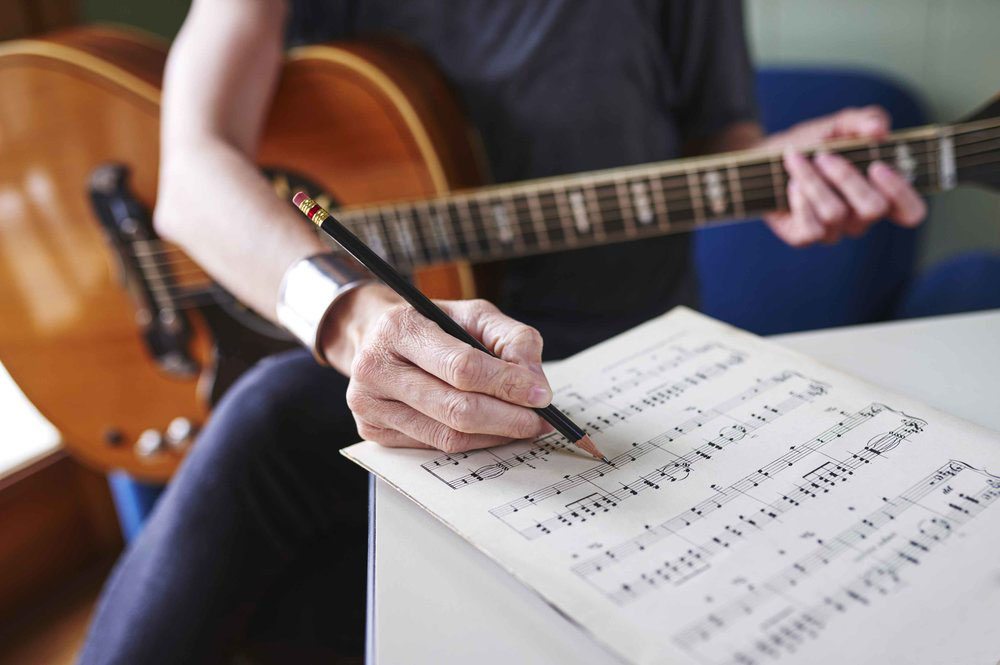
Music transcription, also known as dictation, or simply writing-what-you-hear, is the art of notating music entirely by ear. Many musicians love to transcribe, while many musicians cringe and shudder, remembering music theory class and failed attempts at transcribing four minute bebop solos on the first attempt. Despite its dreadful reputation, transcribing is helpful for all musicians: performers, students, educators, and beginners alike. The skills that transcribing strengthens and the sheet music that can be produced are always worth the effort of transcribing!
There are a lot of transcription assistant tools out there to help you transcribe faster and more accurately, either by slowing down the recording, changing the pitch, looping sections, and even analysing the notes in a chord. We recommend Transcribe! as our software of choice for assisting you when transcribing.
At Black Note Transcriptions, we understand the struggle and the frustration that comes with needing sheet music ASAP. After years and years (and years) of practice, we finally feel confident in our skills.
We want you to gain the same confidence. Here are our top 10 tips for transcribing:
1. Start at your skill level
This might seem obvious, but like all learned skills and trades, you need to start practising at a basic level. If you’ve never transcribed any music before, starting with John Coltrane’s solo on Giant Steps or Hiatus Kaiyote’s Molasses will only lead to one result: you will hate transcribing, give up, and likely not try it again.
Here’s how to start as a beginner:
- Practice with a friend. Ask someone to play some very simple, short melodies on an instrument. Practice transcribing their short, simple melodies. Swap out and give them some basic melodies in return.
- Try transcribing some melodies that you already have memorised. Think simply; songs like Happy Birthday, nursery rhymes, and your favourite children’s’ songs are good places to start.
- Work on transcribing notes or rhythms separately until you feel confident to start transcribing them together. For example, you can transcribe the notes your friend plays for you as just simple dots on a page – no rhythm necessary. Alternatively, your friend can clap rhythms for you to notate, but make sure they stick to a time signature and keep a steady beat!
Starting simply won’t just help you build the foundation of your skills; it will gradually grow your confidence and enjoyment of transcribing.
2. Get the rhythm down first
If you’re struggling to notate both the notes and the rhythms at the same time, figure out the rhythm first. For example, if I want to notate the melody to Happy Birthday, but I’m struggling to work it out, I can first identify the rhythm and write it down separately. Then, I can listen to the passage again, this time only focusing on the notes that are being played. Simplifying and breaking down a passage into as many small, digestible variables and traits as I can is a tremendously helpful way to process information and eventually produce it as a complete transcription.


3. Count while listening
If you’re struggling with transcribing a rhythm, try counting the beats out loud with your audio recording. This will help you identify where exactly a certain note falls in the measure, and it can solidify any doubts you may have about the time signature. If you incorrectly assume the time signature, you will quickly become aware of your error while counting out loud.
. Slow it down
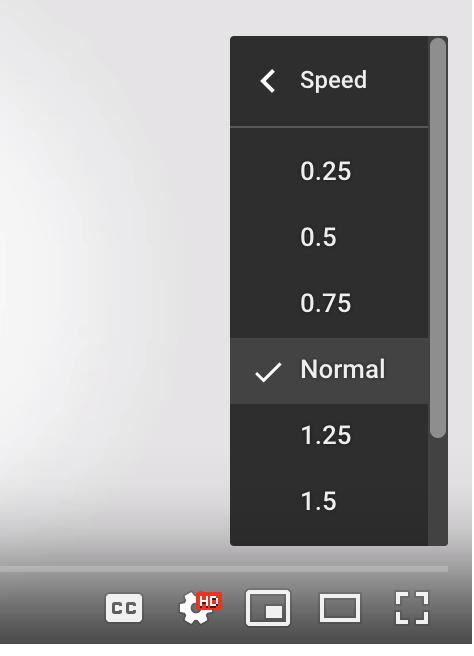
This is not cheating! If you are transcribing, it’s okay to slow down your audio during the transcription and proofreading processes. Some music transcriptionists slow down everything all the time, while others swear they’ve never altered a recording during the notation process. This tool can greatly help you with suggestion #1: starting small and simple. Slowing down your music can make the process much more appropriate and realistic for beginners. Common slow down tools include The Amazing Slow Downer, iRehearse, and even YouTube. Yes, on Youtube, videos can be altered to play at a fraction of the speed.
5. Map out the form
Having a template in which to insert your transcription can be extraordinarily helpful. Imagine this; you’re transcribing a 12-bar blues jazz solo, and you’re continuously stuck on bars 3 and 4. Bars 1 and 2 are simple, bars 5 and 6 are all rests, and bar 7-12 are super easy for you. Rather than waiting on your progress in bar 3 and 4 to move on, use what you know to make progress. Map out 12 measures, 3 lines of 4 measures each, and input what you know. Maybe you know the changes for the 12 bar blues – great. Write them in. Write in how bar 5 and 6 are all rests. Tackle bars 1,2, 7-12, the “easy” ones. Now, bars 3 and 4 are sitting blank on your template, and you can finish those when you’re ready. Giving up on a project after hearing a frustratingly difficult measure is a common mistake that you don’t have to make. Use your resources and your knowledge to complete your transcription to your best ability, and then fill in the missing pieces.
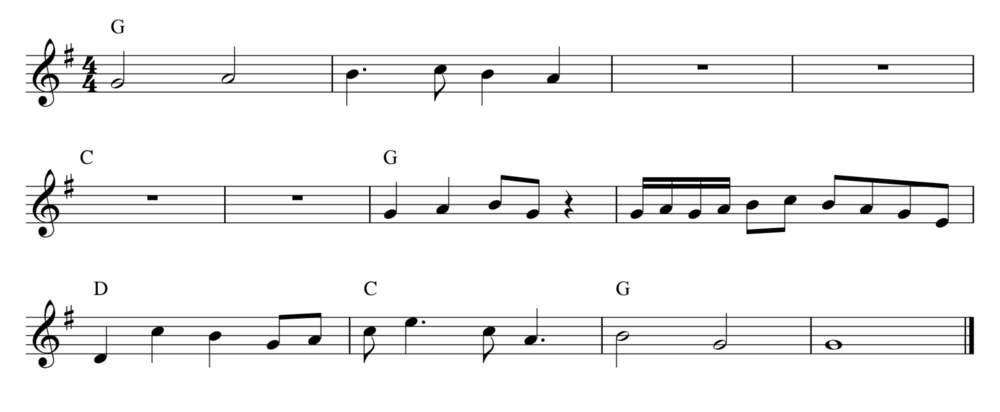
6. Use software that lets you playback your transcription
The use of notation software is a hot topic amongst transcriptionists. For the modern musician, using notation software is a game-changer. Very few musicians these days will want to read your hand-written parts, and you will spend countless hours writing out separate parts, transposing, or rewriting any handwritten music.
Transcriptions on notation software are a different story, though, since most notation software plays the note as you input it onto your score. This is very different from transcribing by hand, where you are relying only on your musical knowledge, your instrument, and your ear. Many transcribers believe that hearing notes as you input them is cheating, and maybe they are right. However, if you are transcribing for efficiency, and not just to push yourself into a hardcore ear training boot camp, then using notation software is extremely acceptable. Don’t get me wrong, transcribing is extremely challenging even with the aid of notation software! Software is helpful during the process not only for its note-by-note inputting playback, but also for the overall score playback that you can use. Free notation software includes: Noteflight, MuseScoreFor a fee or subscription, you can use these programs: Sibelius, Finale, Dorico, etc.
7. Use an instrument
If you have one nearby, have the skills, and feel confident to do so, use an instrument while transcribing. Most transcribers swear by the use of their instrument to help them digest musical passages. We suggest trying your daily transcription practice both ways, and deciding what works best for you.
8. Sight-read/sight-sing daily
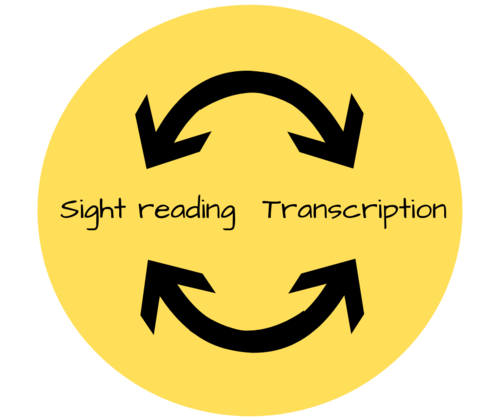
We firmly believe that sight-reading skills and transcription skills go hand-in-hand. Why?
Sight reading is the learned skill in which musicians can quickly relate a visual cue into an audio response. Some instrumentalists hear the note on the page before their fingers react to play it, while others only rely on their physical reaction. Not sure which category you fall under? Try sight-singing. Sight singing is the true test of your sight reading abilities. If a musician can see a visual cue (notes on the page) and hear the sound associated with those notes, (able to sing them without help), then they have the sight reading ability that is most helpful during transcribing. The process of transcription follows the opposite process as sight reading. During sight reading we take visual cues and mentally turn them into audio; during transcription, we take audio cues and mentally turn them into visuals. The more you can strengthen these visual-audio connections through sight reading (preferably sight-singing), the stronger your transcription skills will become.
9. Take Breaks
Fresh eyes and fresh ears are essential for some of your tougher transcriptions. It’s always a good idea to take a break when you start to become overwhelmed, frustrated, cross-eyed, or if you just aren’t making smart progress on your project. Come back in 10 minutes, 1 day, or 1 week, and you will see and hear your work in a new way. Taking breaks is healthy, and they are well worth your time if the alternative is to make tired mistakes.
10. Do it every day
Like with most taught skills, improvement in transcribing takes consistent practice over a long period of time. You may find that it comes easy for you – great! Use your talent to refine your skills to a greater level. Maybe transcribing is your nightmare; we understand that as well. Keep it up! Make a goal to transcribe something daily, whether it’s one short song, one jazz solo, or just one simple rhythm. Think you don’t have time? Start visualising rhythms to popular melodies you listen to on your way to work. Take a passage from a piece that you hear your best friend working on and transcribe the melody by ear. You will see improvements, and eventually, you will learn to love the process. You will start to see improvements in other musical areas as well; your sight reading, ear training, intonation, and awareness of other musicians will skyrocket. Keep it up, and as always, if you need a little extra help, give us a shout.

